The twilight years can be some of life’s most rewarding, especially when shared with a four-legged companion. Our canine companions decrease feelings of loneliness, keeping us company when we’re at home and helping us meet other people when we take them out. In a study of adults 60 years or older, pet owners were significantly less likely to consider themselves lonely than non-pet owners.
Dog ownership can also reduce our stress levels and blood pressure, and lower our risk of death due to heart disease. Taking care of a dog helps us stick to a healthy routine and exercise daily. Yet not every wagging tail is meant for every lifestyle. Some pups thrive on peaceful mornings and gentle walks, while others crave adventure that might leave you breathless just watching them. Let’s explore which companions will complement your golden years perfectly.
Cavalier King Charles Spaniel: The Gentle Aristocrat
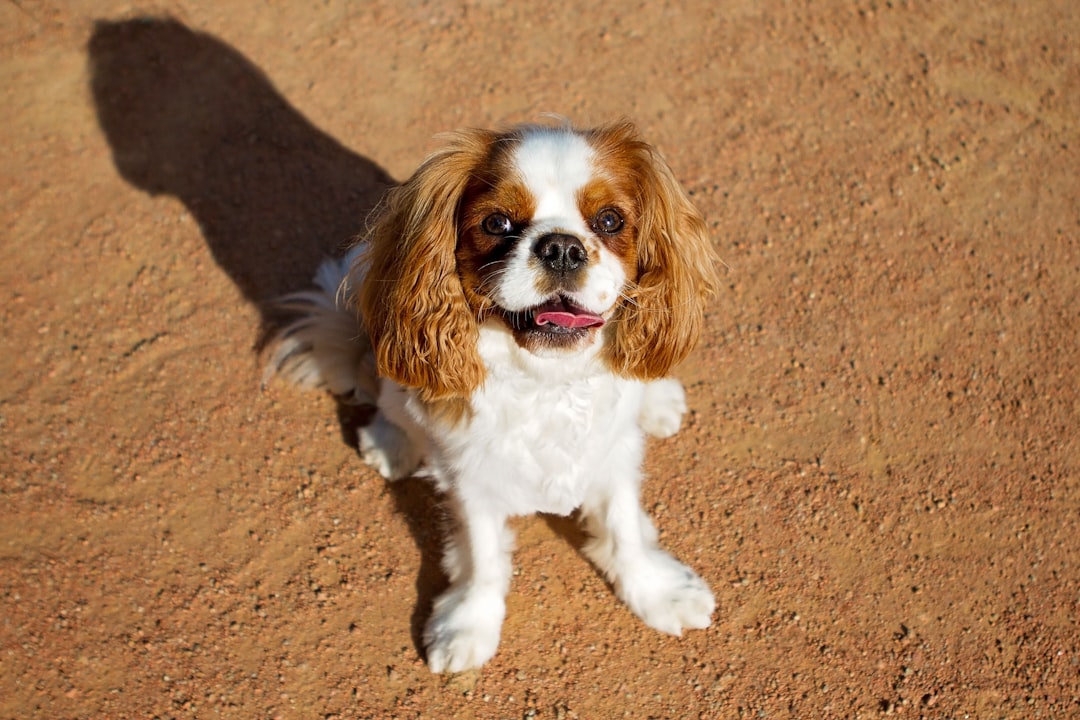
The Cavalier King Charles Spaniel was bred to be a comforting, non-aggressive, and gentle pet. The Cavalier King Charles Spaniel is one of the best small dogs for older adults. These dogs are gentle, affectionate, and love spending time with their owners. While they enjoy walks and playtime, they do not have high exercise requirements, making them suitable to individuals who cannot commit to long periods of activity. Though their coat requires regular brushing, they are generally low-maintenance dogs.
These spaniels possess an almost intuitive understanding of their owner’s energy levels, adjusting their enthusiasm accordingly. Their sweet temperament makes them excellent therapy dogs, and their moderate size means they’re manageable for most seniors while still providing substantial companionship.
Havanese: The Cuban Charmer
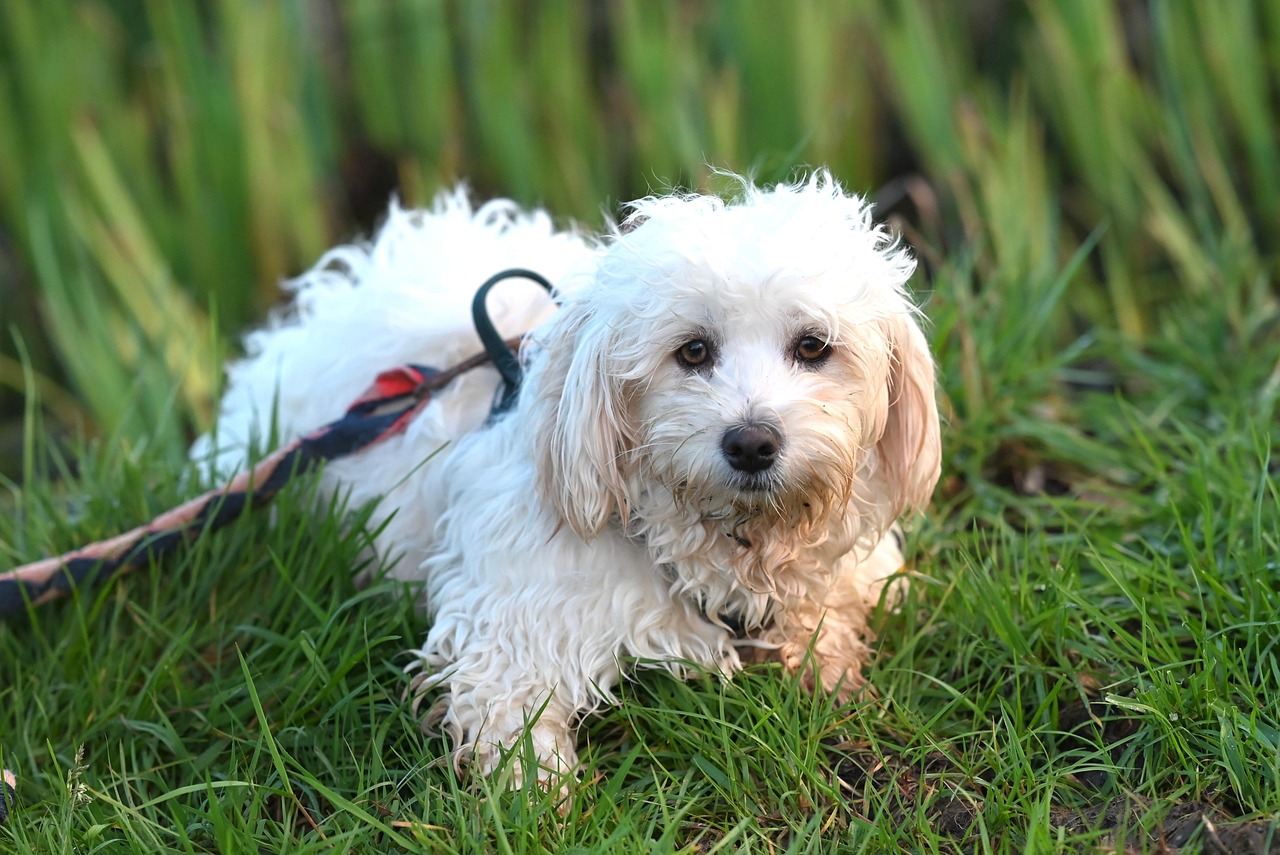
The only breed native to Cuba, the Havanese is a cheerful, quiet little dog described as “happy, loving, intelligent, social, and accommodating” by the breed club. They’re content to stay inside and snuggle with their humans and will play patiently with children. Havanese don’t require much exercise but are happy to take occasional short walks. Their coat of silky hair continues to grow, so they do require regular grooming.
What makes Havanese particularly wonderful for seniors is their adaptable nature. Havanese are one of the most charming dogs. They are sociable, friendly, and highly trainable. Their miniature size and moderate exercise needs make them perfect for older people. They’re content whether you’re having an active day or prefer quiet companionship on the couch.
Pug: The Comedic Companion
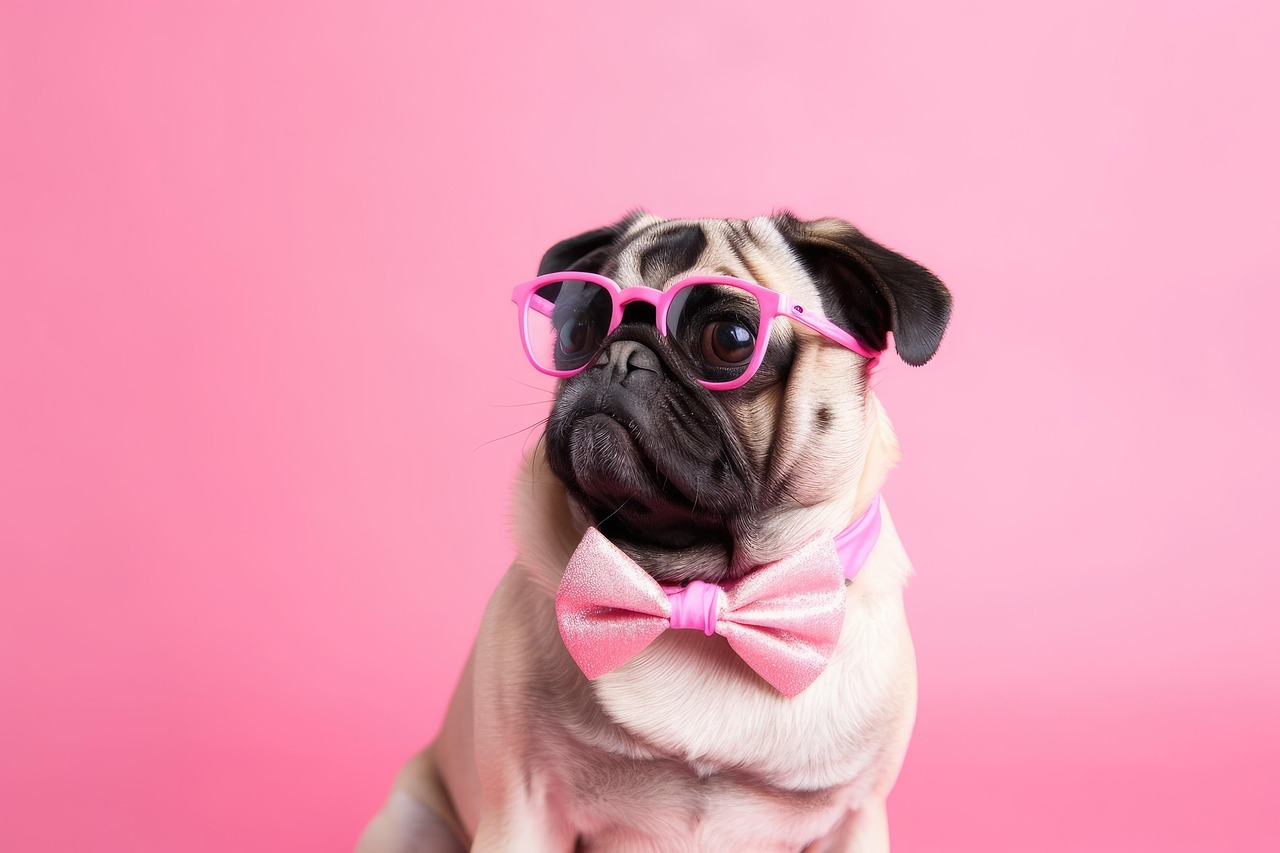
Centuries ago, the emperors of China loved their Pugs. The short-haired, muscular, 14-to-18-pound dogs were bred to be companions with even temperaments. Their comically adorable faces will bring a smile to your face every time you look at them. Pugs have a childlike disposition, affectionate, and intensely loyal. Seniors who aren’t very active or mobile will appreciate pugs’ low energy levels. They don’t need much exercise and usually become very uncomfortable in high heat.
Brief strolls and short indoor or outdoor play sessions are sufficient for the laidback Pug. Fun Fact: A group of Pugs is called a “grumble,” likely because of the snorting and nasal sounds they make. Their entertaining personality and minimal exercise requirements make them ideal for seniors seeking a loving, low-maintenance companion.
Shih Tzu: The Palace Lapdog
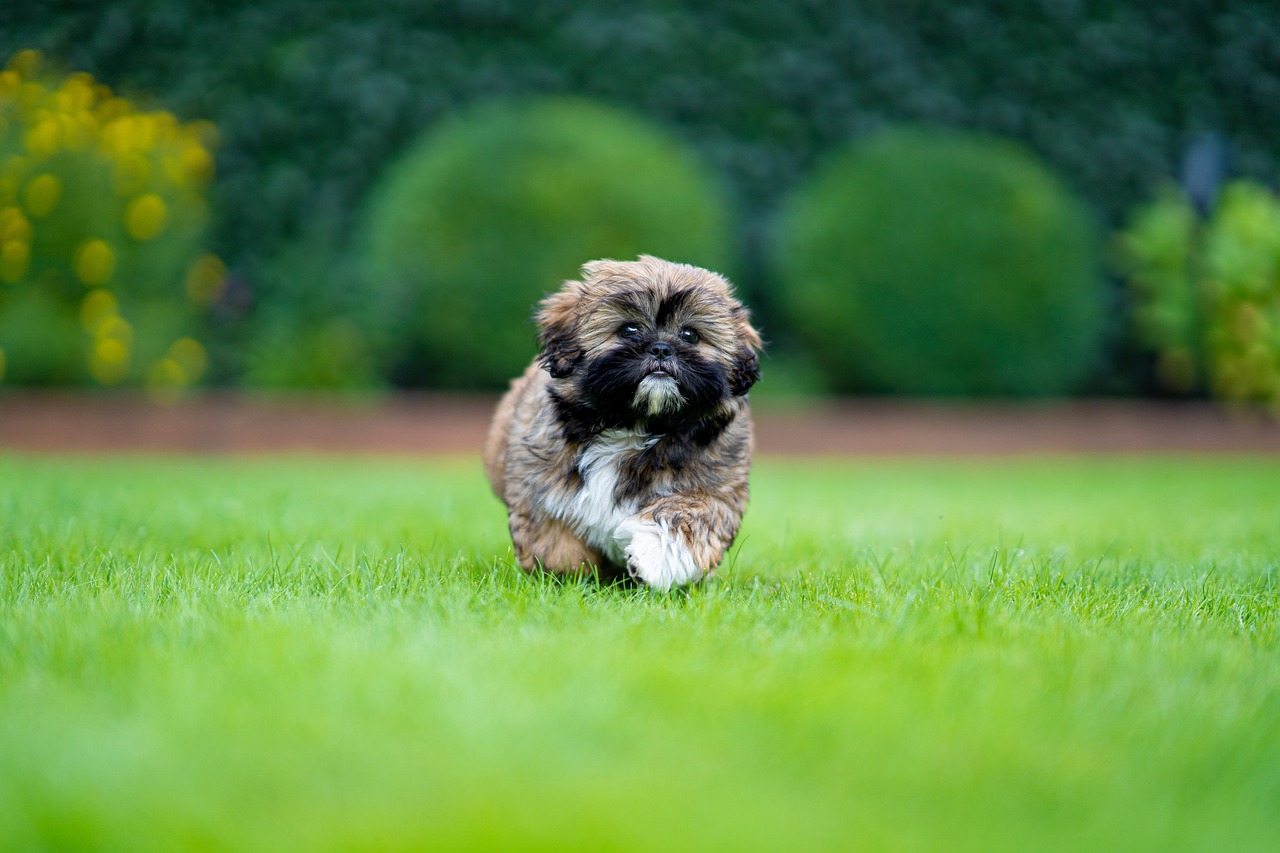
A solid little dog weighing up to 16 pounds, the Shih Tzu requires minimal exercise and is content living in apartments, so long as you’re there, too. Shih Tzu owners say the breed is “happy, even-tempered, and eager to please,” and they get along well with other dogs and with children.
The elegant Shih Tzu prospers with plenty of love and attention. This outgoing breed is also great with kids, making them a perfect playtime buddy when the grandchildren visit! The Shih Tzu is an affectionate dog who enjoys spending time with their pet parent – whether it’s cuddling or accompanying them throughout the house. Their flowing coat requires regular grooming, but many owners opt for shorter, more manageable cuts.
Coton de Tulear: The Cotton Ball Companion
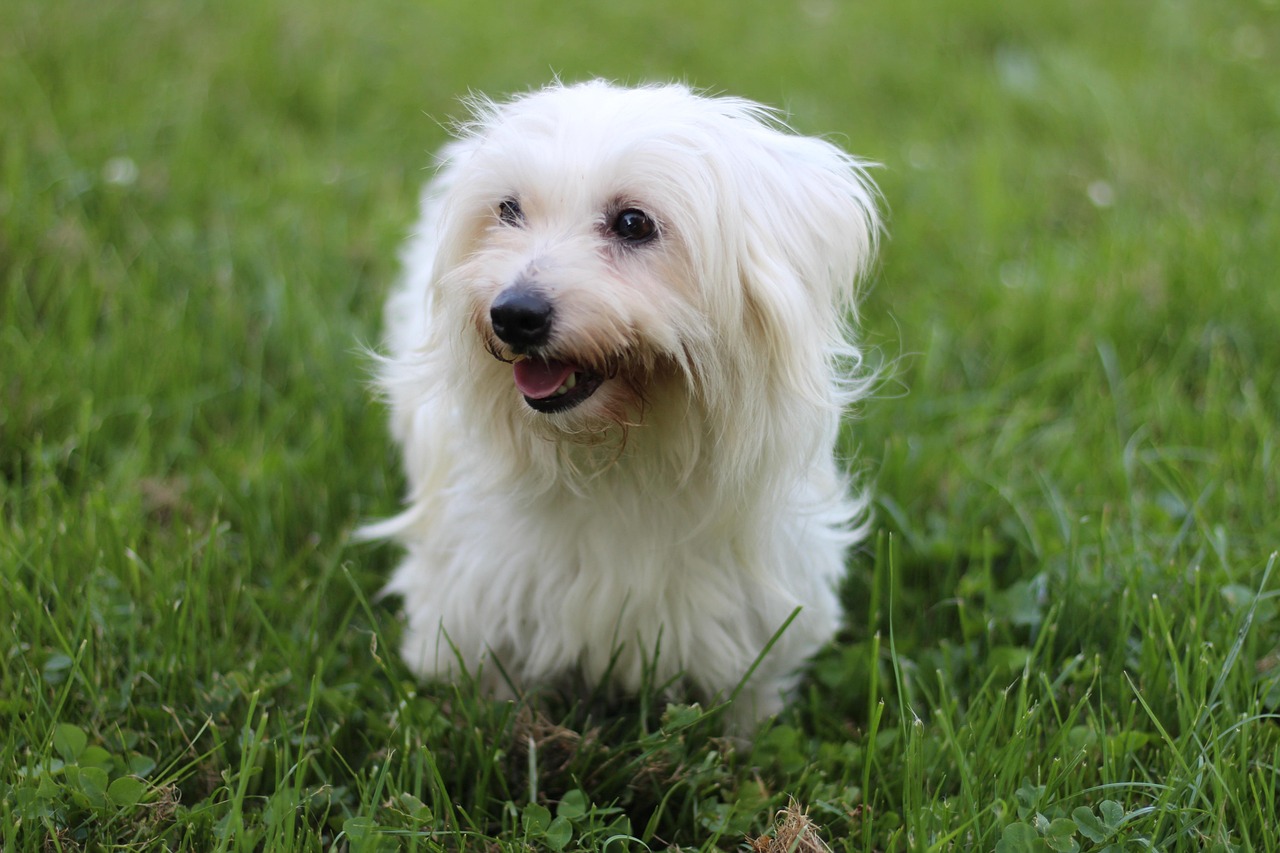
Originally from Madagascar, the Coton de Tulear, with its long, white, cottony coat, doesn’t shed much. This hardy breed will enjoy all types of weather but is an indoor dog that thrives on human companionship. Coton can live 15-to-19 years, are easy to train, and get along with everyone including other dogs. They’re good travelers and require moderate exercise, enjoying daily walks with you.
Their exceptional longevity means they can be lifelong companions, and their gentle nature makes them wonderful emotional support animals. These dogs seem to understand the importance of being present without being demanding, making them perfect for quiet households.
Poodle: The Intelligent All-Rounder
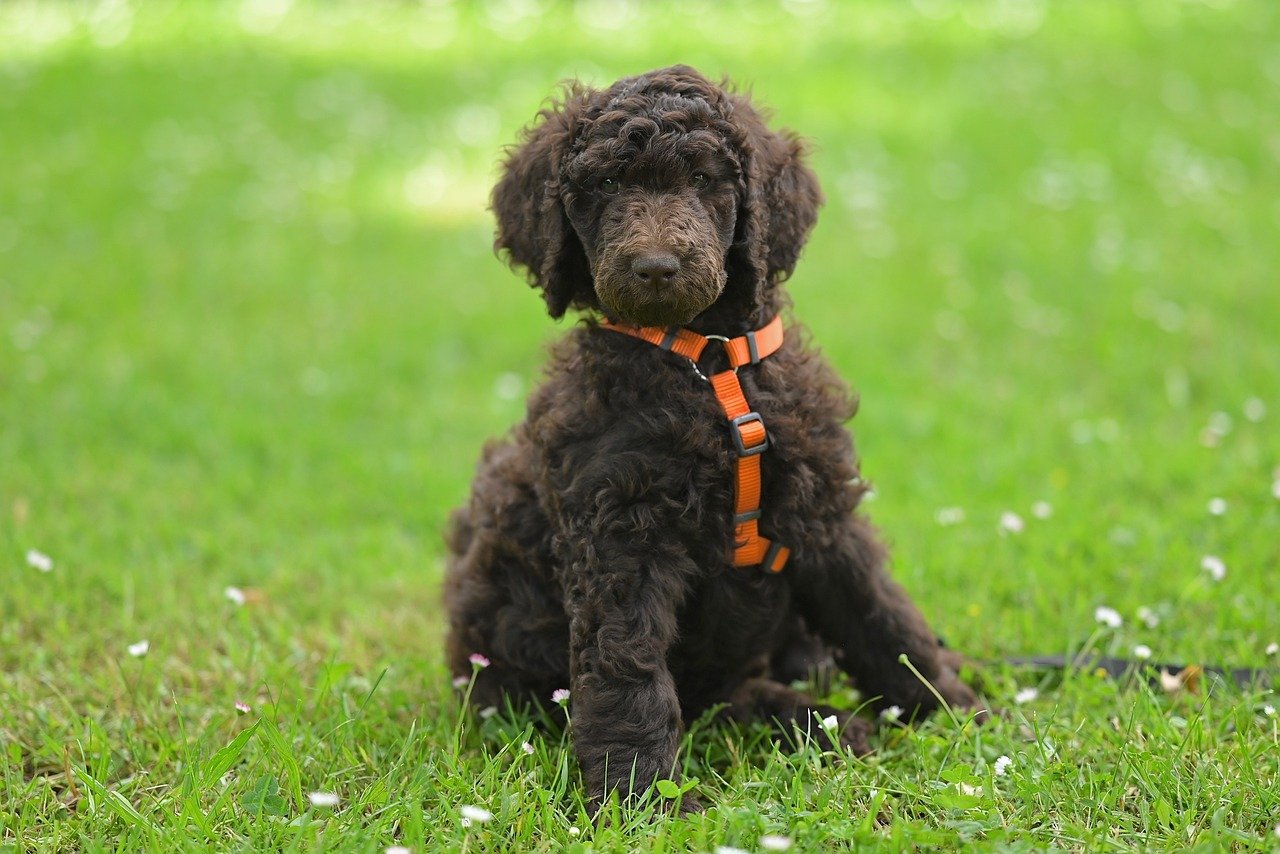
Poodles are very smart and easily trained. They form a strong bond with their owner and love to be in a family setting. They’re very gentle and sweet animals. They don’t need a lot of exercise other than a daily walk. They don’t shed, but do need to be groomed monthly. Poodles come in three sizes: toy, mini, and standard.
Poodles are ideal for senior couples, as they’re gentle and nurturing. They do require grooming every four to six weeks, but they don’t shed, making them a great choice for seniors. They also come in different sizes, including the tiny toy poodle, miniature poodle, and standard poodle. Their hypoallergenic coat is particularly beneficial for seniors with respiratory sensitivities.
Maltese: The Silky Sweetheart

Maltese are very small dogs which makes them great lap dogs. They are intelligent, playful, and gentle. They are also frequently used as therapy dogs. They don’t need a lot of exercise but enjoy going on short walks. Their white coat doesn’t shed, but they do need to be brushed daily and bathed frequently.
The Maltese is a very small breed, known for its gentle nature and ease of companionship. Their portable size makes them excellent travel companions for seniors who want to maintain an active social life while enjoying the comfort of a devoted companion.
Bichon Frise: The Fluffy Joy

The Bichon Frise is a friendly, playful breed that thrives on companionship. These dogs are small and easy to manage, making them a good choice for older individuals. While they enjoy playtime and light activity, they can adjust to the energy level of their owners. In addition, the Bichon Frise is hypoallergenic, which makes them an excellent choice for seniors with allergies.
The Bichon Frise is a cheerful and loving small breed featuring a curly white coat that doesn’t shed. They need regular visits to the groomer but only short walks for exercise. Their perpetually cheerful disposition can lift spirits on even the gloomiest days.
Yorkshire Terrier: The Tiny Dynamo
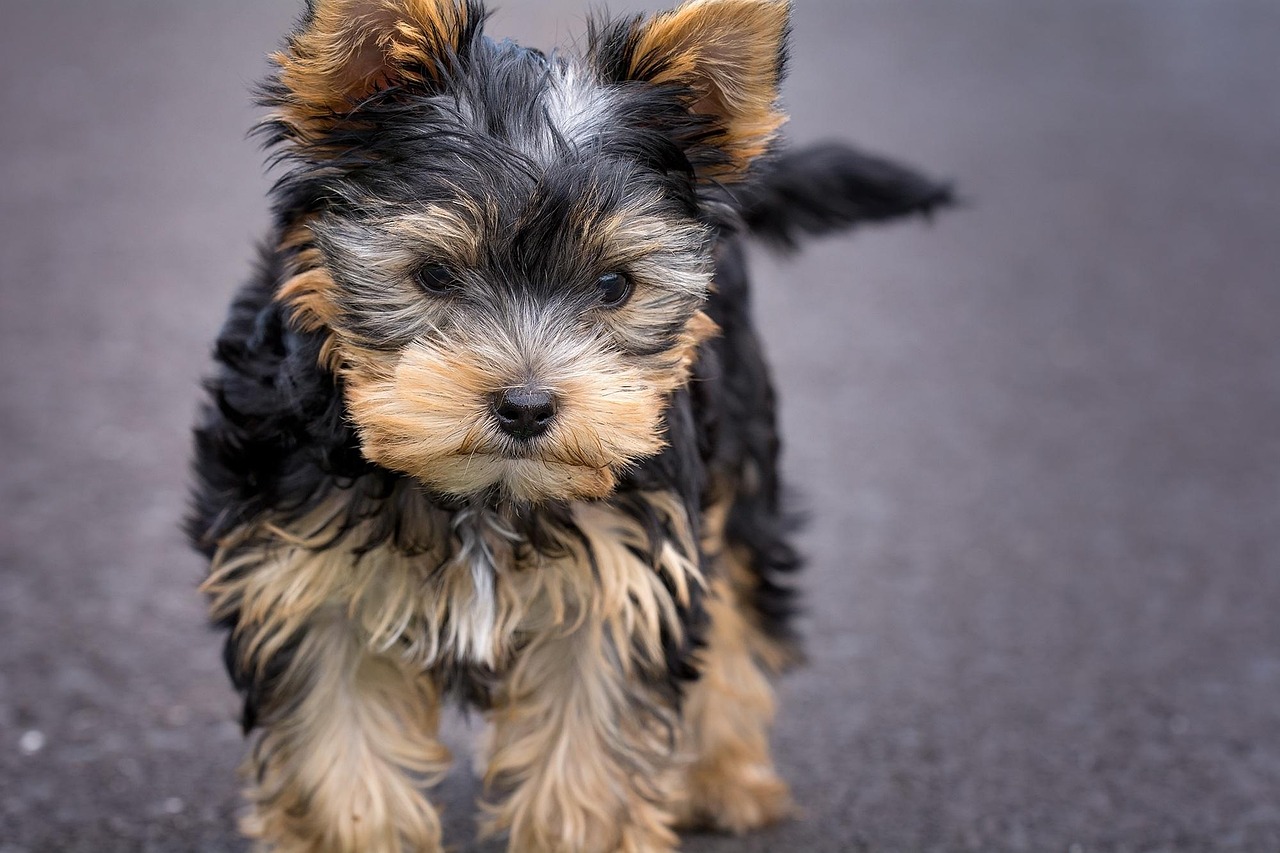
Yorkies are the quintessential lap dog – they love being around their “person” just as much as they’ll love a daily tennis ball toss. You can expect a Yorkie to remain under 10 pounds, making them easy for seniors to pick up, walk on a leash, and hold in their lap. Yorkies have a reputation for having a “voice” but are intelligent, eager to please, and highly motivated by treats, making them easy to train.
Despite their small stature, Yorkies possess the heart of a lion and will fiercely protect their beloved senior. Their compact size means they’re perfect for apartment living, though their occasional barking might require patient training to manage in close quarters.
Pembroke Welsh Corgi: The Royal Favorite
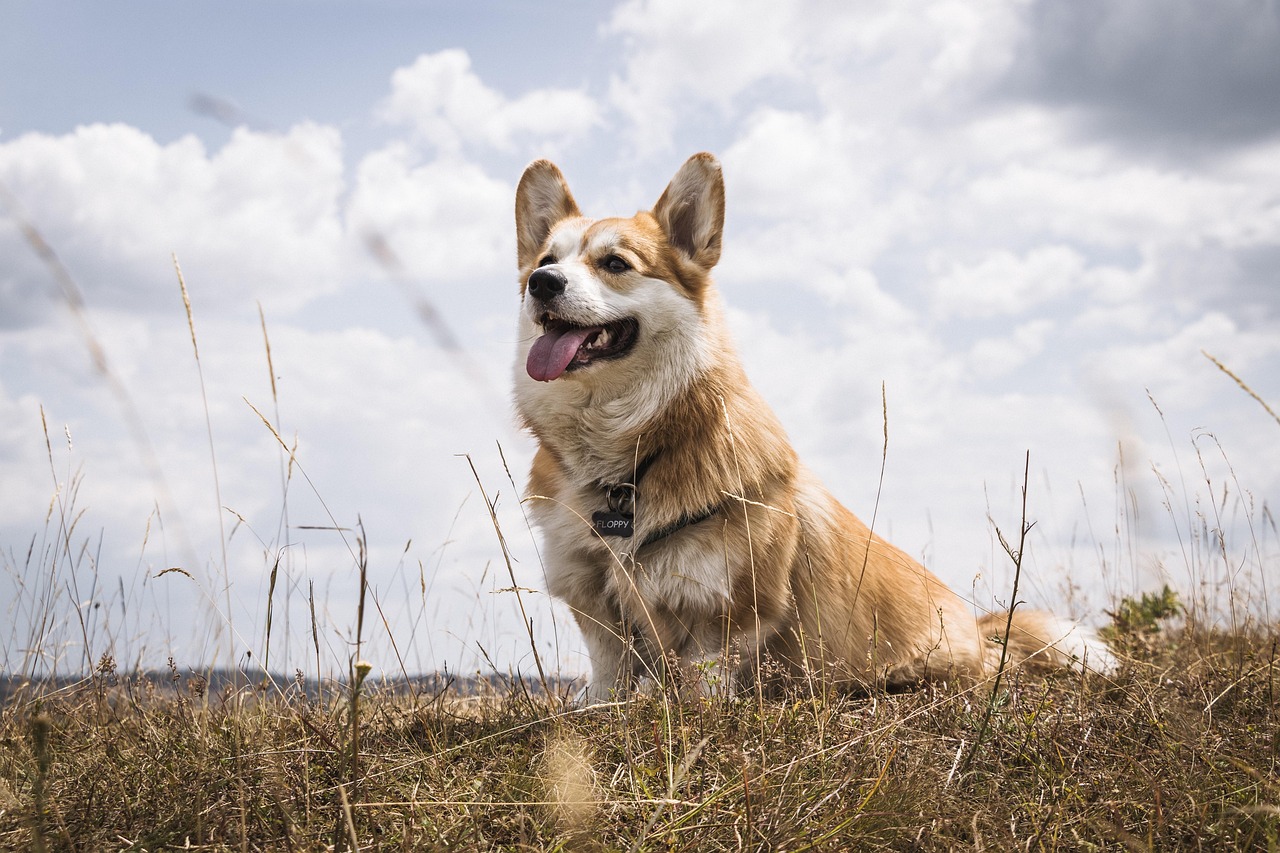
For more active seniors who enjoy outdoor exploration such as walking on nature trails, the lively and adventurous Pembroke Welsh Corgi – often referred to as the “Corgi” – is a great match. With their cute little legs and sparkly eyes, Corgis win over the hearts of children, adults, and elder folks alike. The sociable Corgi wants to be included in every occasion, and its animated and fun-loving personality makes this dog shine.
Corgis are friendly and loyal. They’re known for their intelligence and medium size, making them manageable for most seniors. They do require some exercise to stay healthy, but they are generally adaptable to their owner’s activity level. Their herding background means they love having a job to do, even if it’s just supervising household activities.
Greyhound: The Gentle Giant
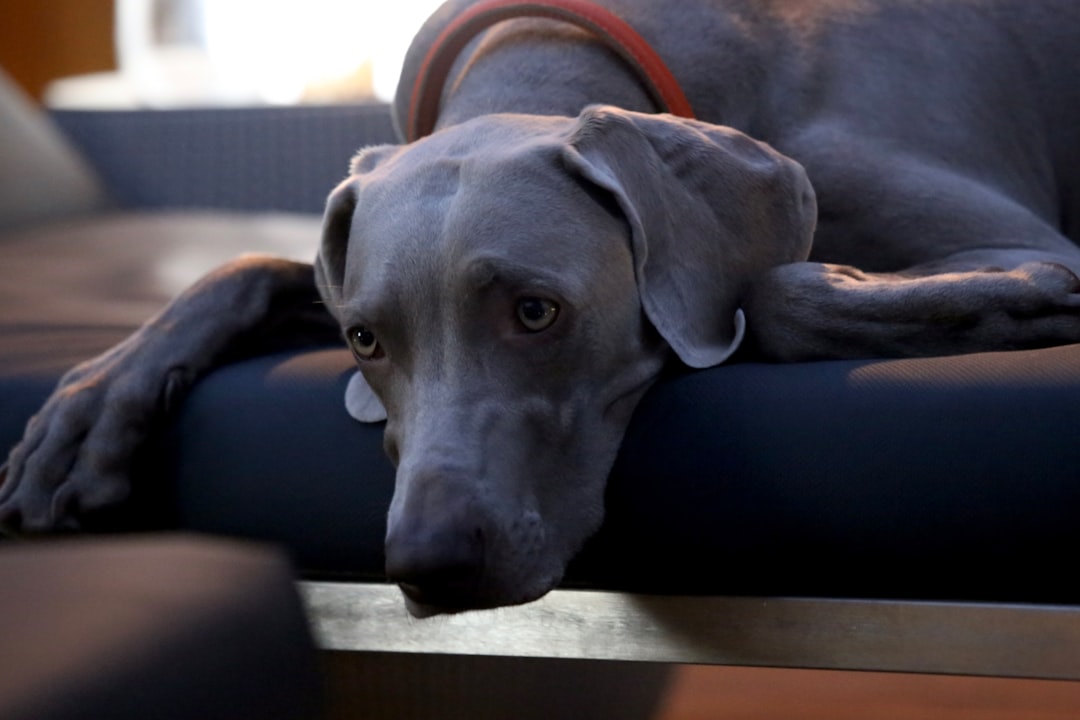
The fastest dog breed in the world, the Greyhound may seem like an unlikely fit among the best dogs for older people. However, this athletic dog is low-key, calm, and content with lounging around the home once it gets in its exercise. Plus, Greyhounds are ideal dogs for senior citizens who prefer larger – but manageable – furry friends.
The honorable Greyhound is a gentle, quiet, and compassionate pet. This breed is independent and can be rather reserved around company – which is part of its appeal. Retired racing Greyhounds make particularly wonderful companions, as they’re already accustomed to a more relaxed lifestyle and are grateful for comfortable retirement homes.
Cocker Spaniel: The Merry Hunter
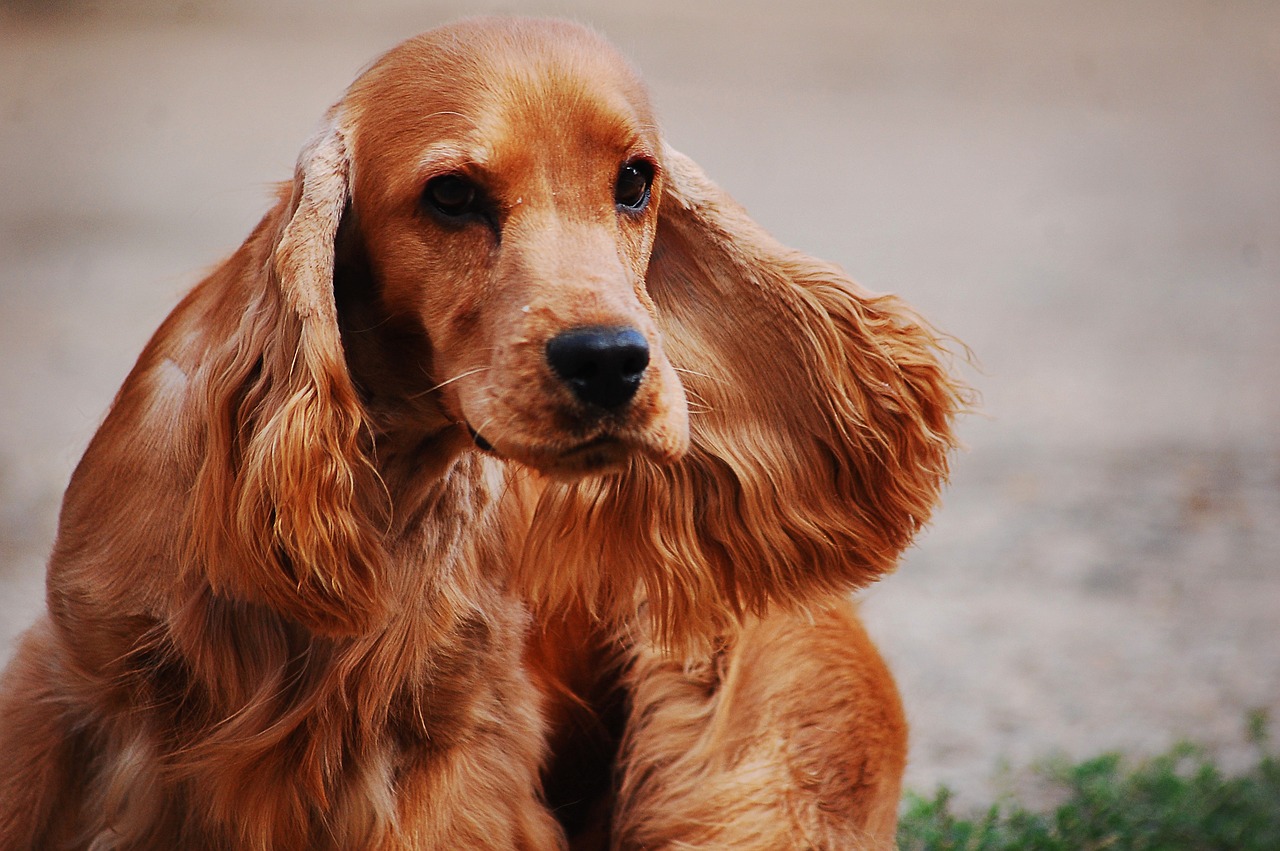
Cocker Spaniel is one of the best breeds for seniors because of several qualities. First, these dogs are easy to care for because they have a low-to-moderate shedding rate. Second, they are well-suited for various living arrangements, including apartments, thanks to their moderate size and relatively quiet demeanor.
Their gentle eyes and silky ears give them an irresistible appeal, while their moderate exercise needs and friendly disposition make them wonderful companions for seniors who want an affectionate dog without overwhelming energy demands.
Border Collie: The Workaholic Wonder
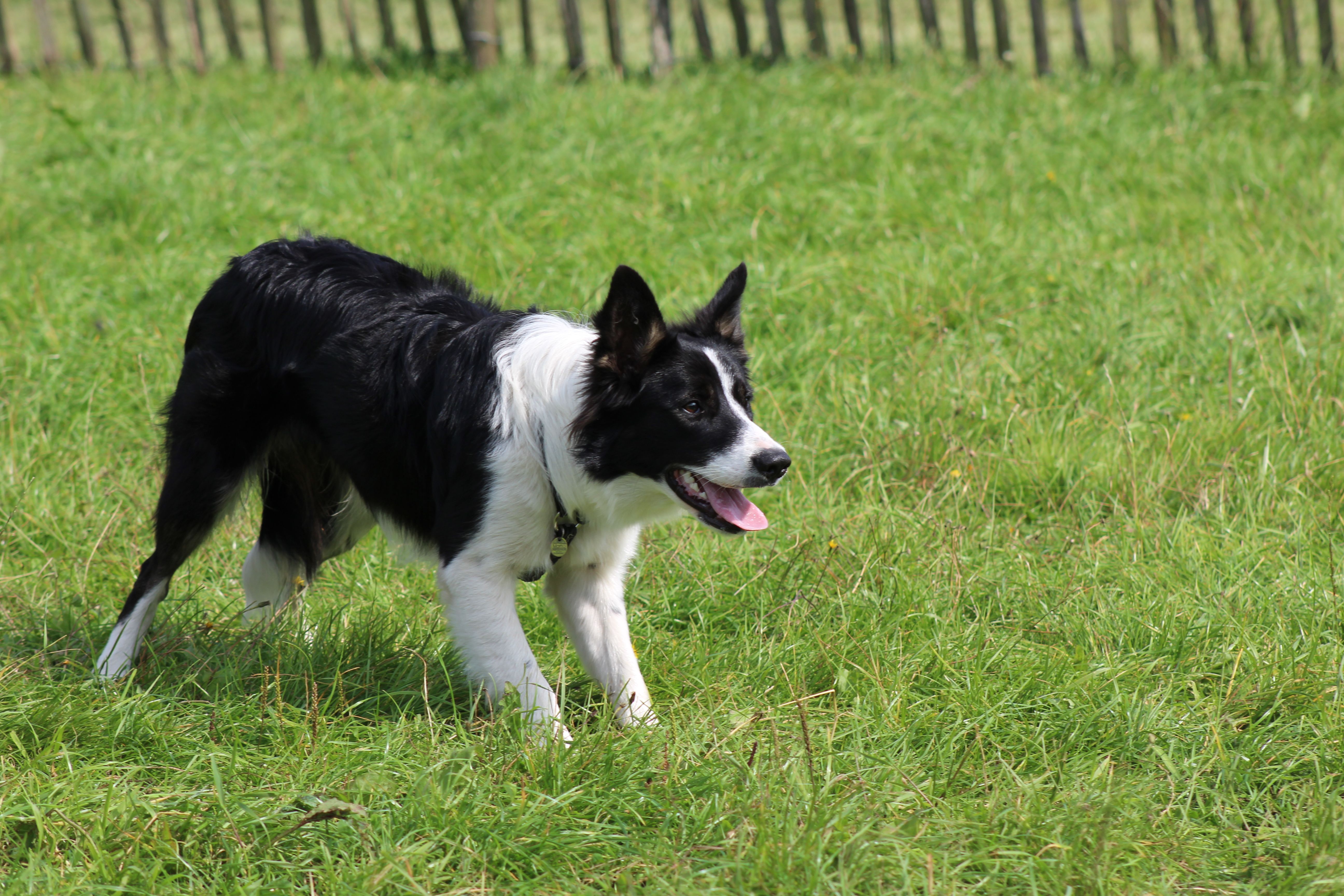
Border Collies were first bred in Northumberland to herd livestock and sheep. Famous for their sharp minds and friendly and affectionate nature, these medium-sized dogs are often called the most intelligent of all dog breeds. Their natural herding instinct makes them eager to work and stay busy all day.
This high-energy breed is a true workaholic. They need at least two hours of exercise every day – long walks alone are not enough. Without enough exercise and proper training, they can become bored and develop destructive habits. Border Collies are medium-sized dogs known for their intelligence and high energy levels. They require a significant amount of physical and mental stimulation to thrive. If they do not receive enough exercise and mental enrichment, they can become bored and may exhibit destructive behaviors. This breed is not suitable for seniors who have a sedentary lifestyle or live in small spaces like apartments.
Jack Russell Terrier: The Energetic Escape Artist
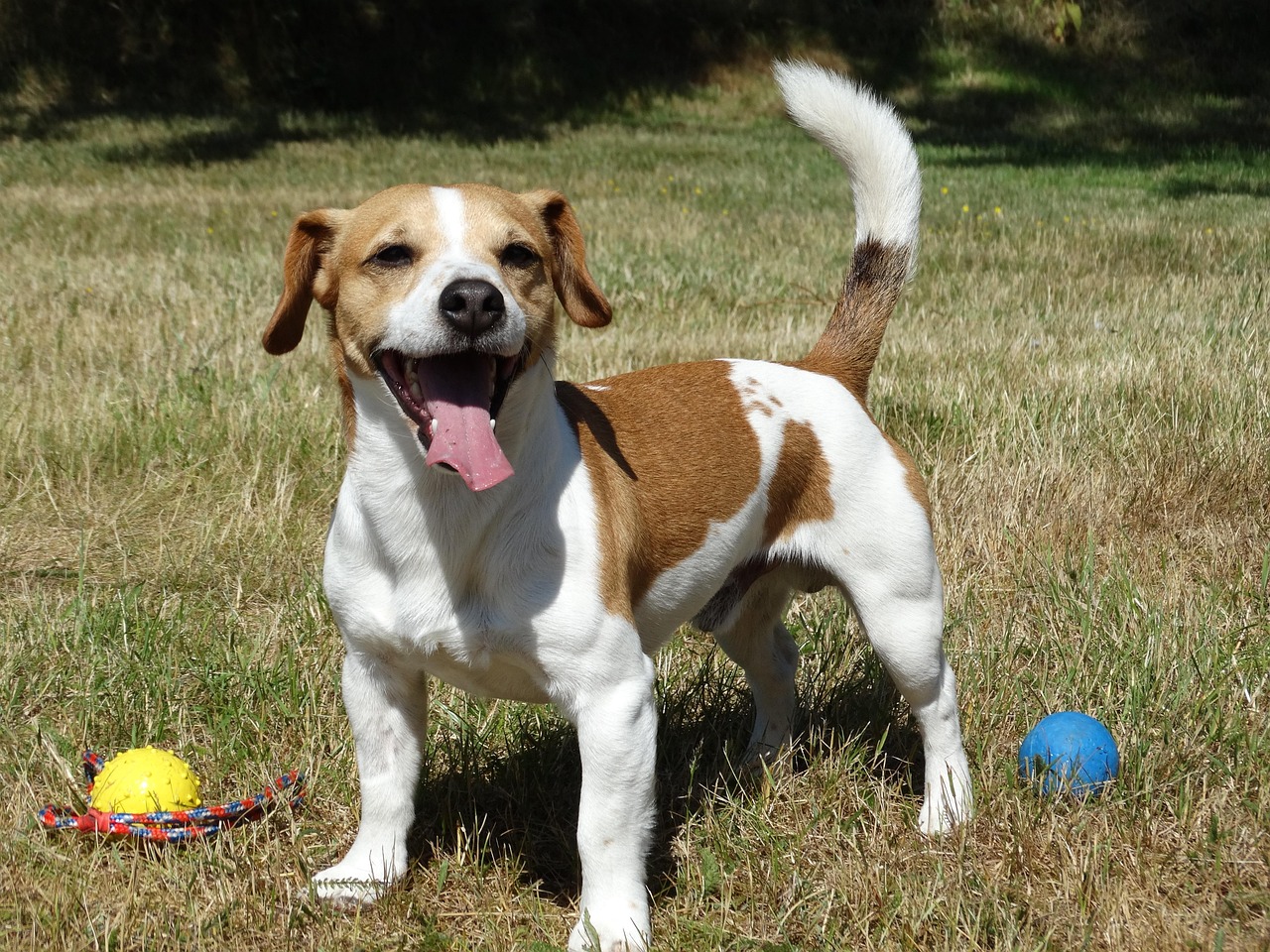
PetMD states that the Jack Russell Terriers were first bred in the 1800s in England by Reverend John Russell for fox hunting. Small in size but big in spirit, they are fearless, energetic, and natural hunters. Known for their strong prey drive, this small breed often chases small animals and may even bring home “gifts” like squirrels or birds.
These small dogs have boundless energy and need plenty of daily exercise and mental stimulation. Without it, they can become bored, restless, and even destructive. They need space to run and do not adapt well to apartment living. Seniors who cannot provide long play sessions or active outdoor time may struggle to meet these needs. Jack Russells can be challenging to train – including at potty time. Without strict schedules and rigorous consistency, Jack Russells might permanently mark or use the bathroom in the house.
Belgian Malinois: The Military Marvel
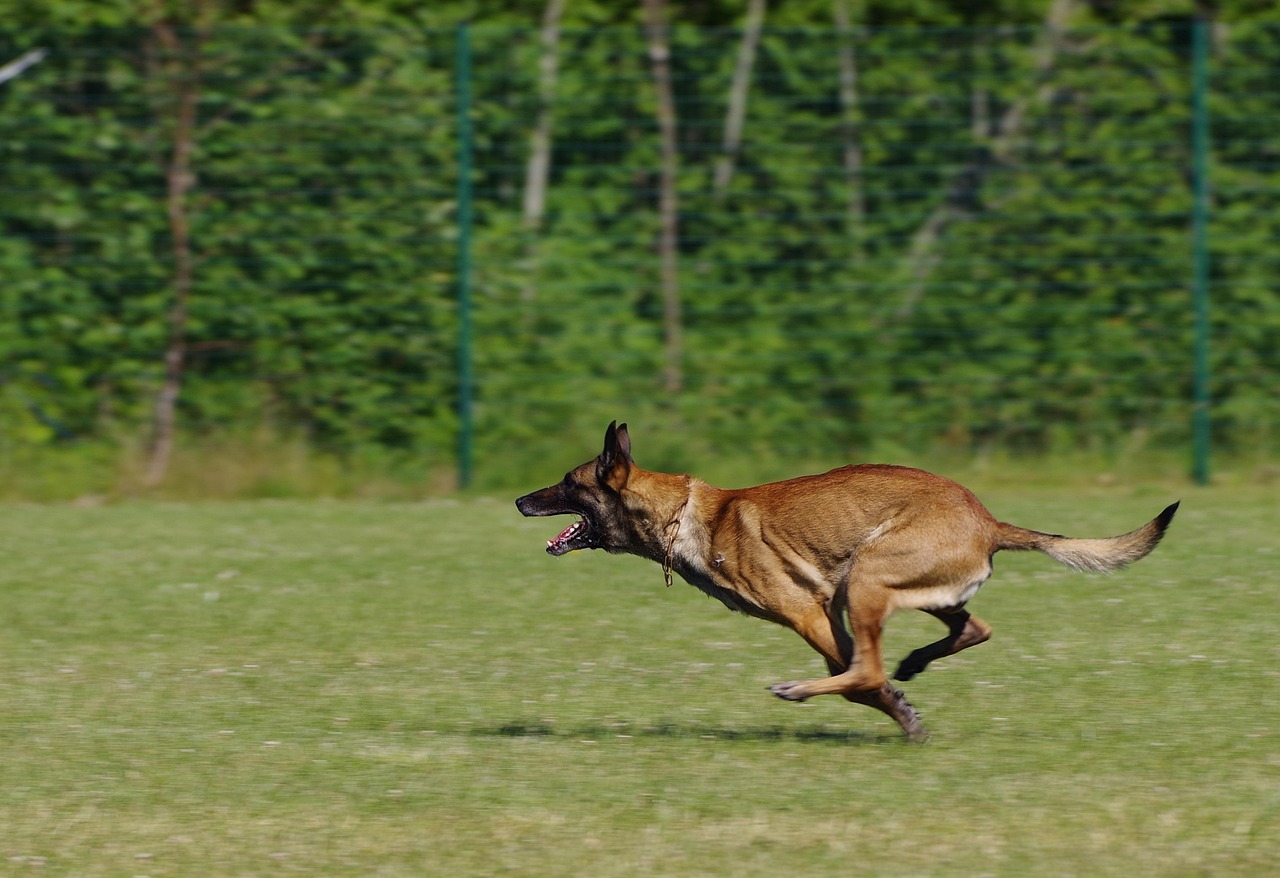
Some lines bred for work favor dogs that are perpetual motion machines. These dogs are active and ready to go, 24/7. This activity level works for the jobs and lifestyles of these dogs, who are more tools than pets, but the energy can be a tough row to hoe for a pet owner. Because of its strong will and physique, the breed is not ideal for children or seniors, unless the dog is well trained or under close supervision. It is also not suited to apartment living or to being left alone for long periods.
Belgian Malinois dogs are incredibly loyal and smart, but they’re also high-energy and need a lot of exercise and stimulation. Daily walks are simply not enough for this breed; instead, Belgian Malinois dogs need high levels of aerobic exercise, like a five-mile run every morning. If your idea of a perfect workout involves hiking for several miles or a long run on the beach, a Belgian Malinois is your soul pup. This dog’s energy level might seem boundless, and a slow stroll on a leash once a day is not enough exercise to keep them happy.
German Shepherd: The Noble Guardian
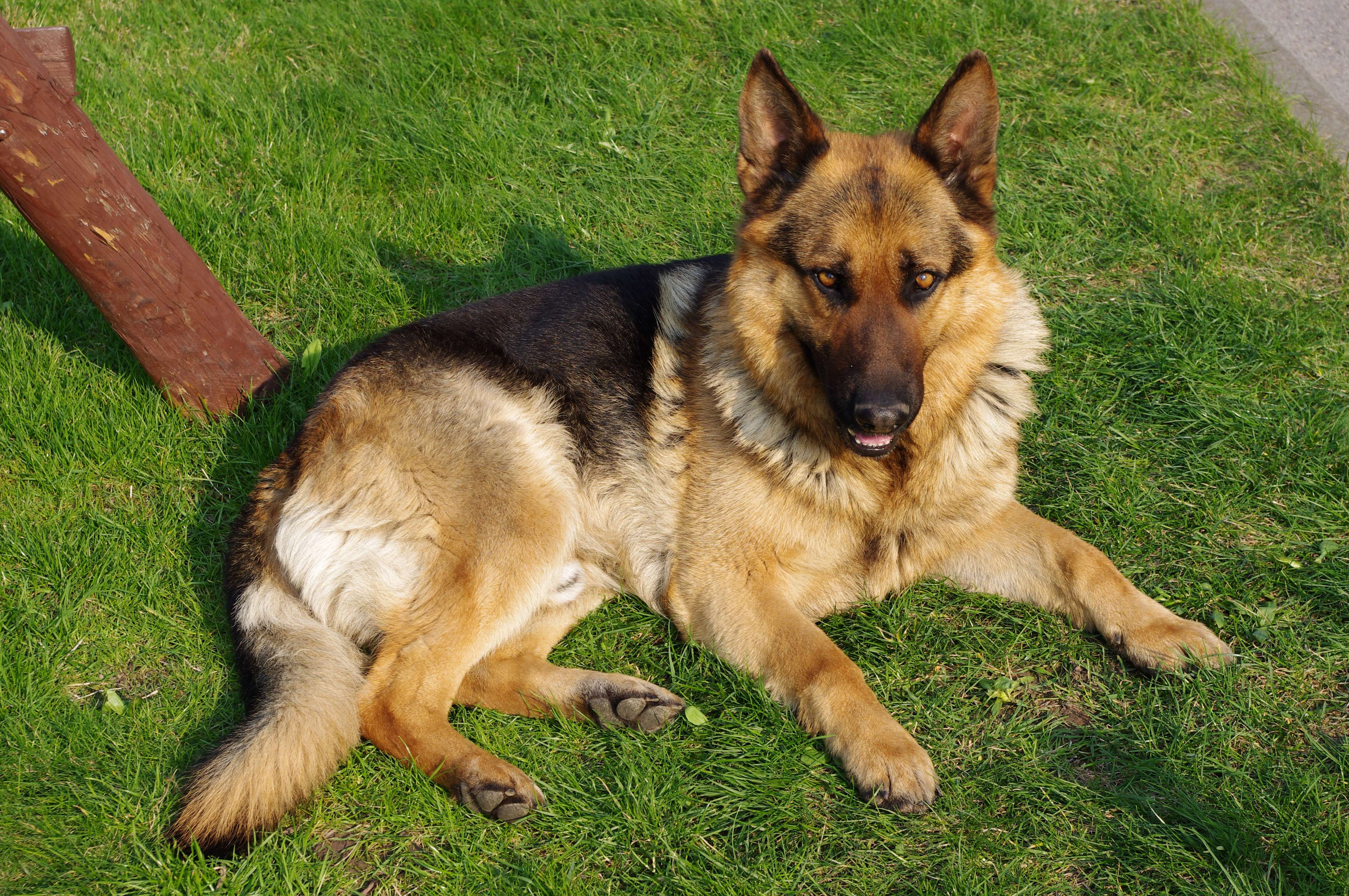
German Shepherds are known for their intelligence and strong loyalty. First bred for herding cattle, they are courageous, confident, and loving with family members. Their natural guarding instincts make them excellent guard dogs and ideal for demanding roles like police and military work.
This breed is highly active and needs at least two hours of daily exercise. Simple walks are not enough. German Shepherds also need regular mental challenges through consistent training and positive reinforcement. Without enough physical and mental stimulation, they can become restless and destructive – something that may be hard for seniors to manage. While loyal and protective, German Shepherds are large and can be intense. They require a lot of exercise, mental stimulation, and training. Their size and strength might make them difficult for some seniors to handle comfortably.
Siberian Husky: The Arctic Athlete
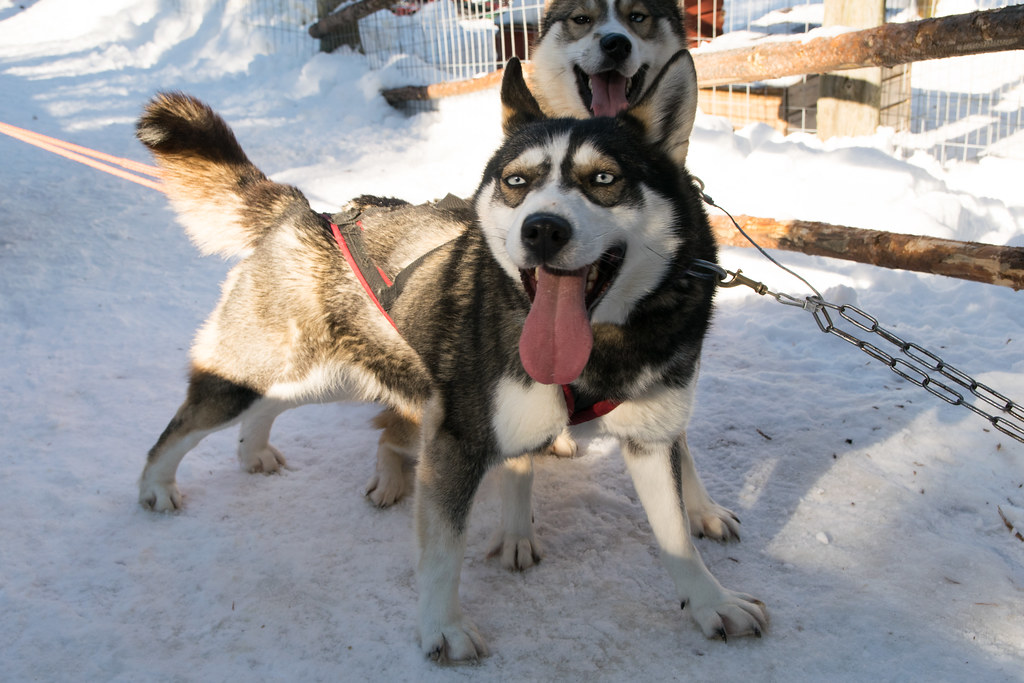
Because of their high energy levels and intense exercise needs, Huskies, Heelers, certain hounds, and herding breeds like Australian Shepherds and Border Collies may also be less advisable. Because of their high energy levels and intense exercise needs, Huskies, Heelers, certain hounds, and herding breeds like Australian Shepherds and Border Collies may also be less advisable. Some dog breeds to avoid are the Border Collie, Jack Russell Terrier, Siberian Husky, Australian Shepherd, Cattle Dog, Weimaraner, Belgian Malinois, and puppies in general. Some dog breeds to avoid are the Border Collie, Jack Russell Terrier, Siberian Husky, Australian Shepherd, Cattle Dog, Weimaraner, Belgian Malinois, and puppies in general.
Originally bred to pull sleds across vast Arctic distances, Huskies possess an almost supernatural endurance that requires outlets most seniors simply cannot provide. Their independent nature and escape artist tendencies add another layer of challenge for older owners who need a more predictable, manageable companion.
Conclusion

The perfect canine companion for your senior years isn’t about finding the most popular breed – it’s about finding the right match for your lifestyle, energy level, and living situation. For older adults, dog ownership can add comfort and joy to life, fostering a sense of purpose and reducing feelings of isolation. To maximize the benefits of having a dog, it’s important to choose the right breed for your lifestyle.
Whether you’re drawn to the gentle devotion of a Cavalier King Charles Spaniel or prefer the quiet dignity of a Greyhound, remember that the best relationships are built on mutual understanding and compatible needs. The breeds that adore seniors offer companionship without overwhelming demands, while those requiring youthful energy need owners who can match their boundless enthusiasm. Choose wisely, and you’ll find a four-legged friend who will enrich your golden years immeasurably.
What kind of energy level feels right for your retirement lifestyle? Tell us in the comments.

Andrew Alpin from India is the Brand Manager of Doggo digest. Andrew is an experienced content specialist and social media manager with a passion for writing. His forte includes health and wellness, Travel, Animals, and Nature. A nature nomad, Andrew is obsessed with mountains and loves high-altitude trekking. He has been on several Himalayan treks in India including the Everest Base Camp in Nepal.






